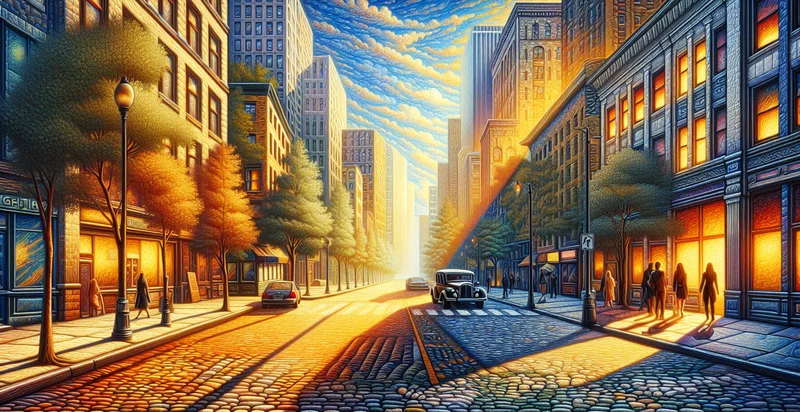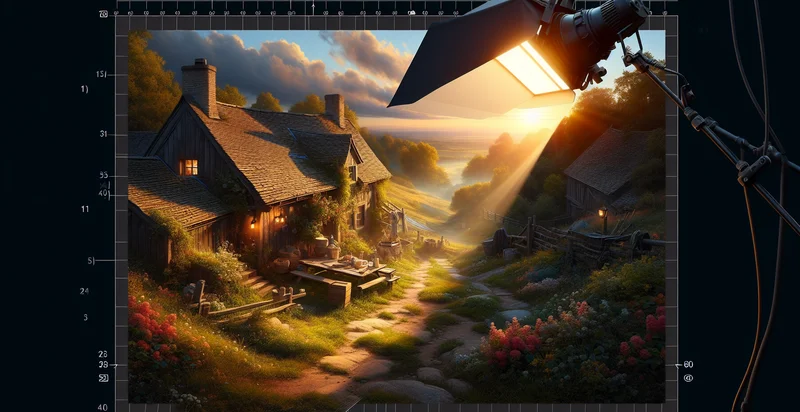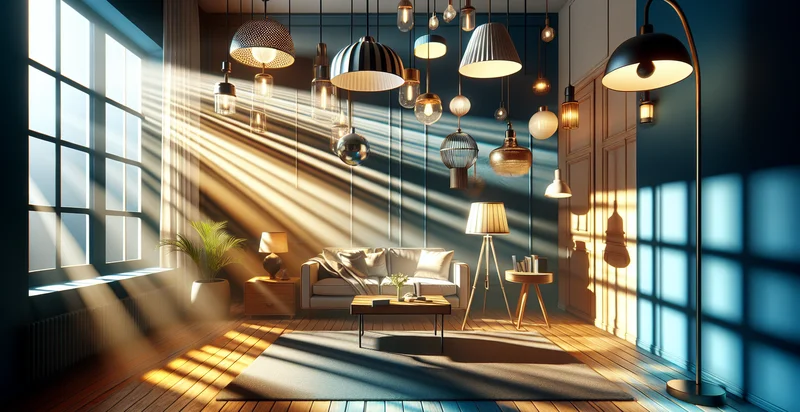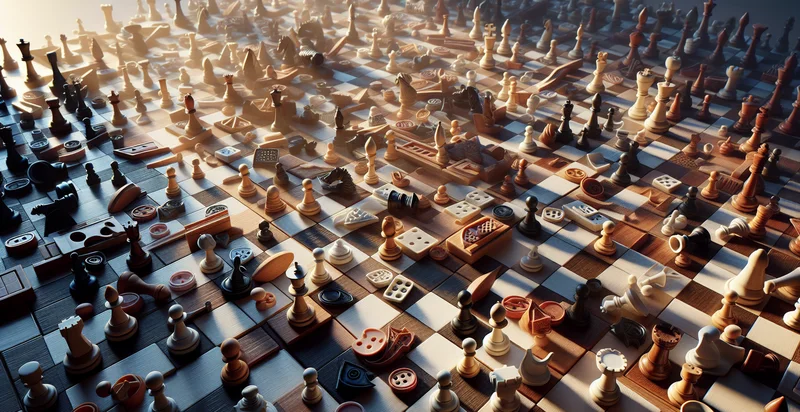Identify photo light direction
using AI
Below is a free classifier to identify photo light direction. Just upload your image, and our AI will predict the direction of light in the photo - in just seconds.

Contact us for API access
Or, use Nyckel to build highly-accurate custom classifiers in just minutes. No PhD required.
Get started
import nyckel
credentials = nyckel.Credentials("YOUR_CLIENT_ID", "YOUR_CLIENT_SECRET")
nyckel.invoke("photo-light-direction", "your_image_url", credentials)
fetch('https://www.nyckel.com/v1/functions/photo-light-direction/invoke', {
method: 'POST',
headers: {
'Authorization': 'Bearer ' + 'YOUR_BEARER_TOKEN',
'Content-Type': 'application/json',
},
body: JSON.stringify(
{"data": "your_image_url"}
)
})
.then(response => response.json())
.then(data => console.log(data));
curl -X POST \
-H "Content-Type: application/json" \
-H "Authorization: Bearer YOUR_BEARER_TOKEN" \
-d '{"data": "your_image_url"}' \
https://www.nyckel.com/v1/functions/photo-light-direction/invoke
How this classifier works
To start, upload your image. Our AI tool will then predict the direction of light in the photo.
This pretrained image model uses a Nyckel-created dataset and has 10 labels, including Back Lit, Diffused Light, Front Lit, Hard Light, Natural Light, Overhead Lit, Side Lit Left, Side Lit Right, Soft Light and Underlit.
We'll also show a confidence score (the higher the number, the more confident the AI model is around the direction of light in the photo).
Whether you're just curious or building photo light direction detection into your application, we hope our classifier proves helpful.
Related Classifiers
Need to identify photo light direction at scale?
Get API or Zapier access to this classifier for free. It's perfect for:
- Photography Enhancement: Professional photographers can utilize the photo light direction identifier to determine the optimal lighting conditions for their shoots. By analyzing the direction of light in images, they can adjust their equipment and settings to enhance the overall quality of their photographs.
- Virtual Reality Experiences: In virtual reality applications, creators can use this function to ensure that virtual environments reflect realistic lighting conditions. This enhances the immersion of users by aligning virtual objects with the real-world light direction, making the experience more believable.
- Automated Content Moderation: Social media platforms can implement this technology to flag photos that do not adhere to community standards related to lighting. For instance, images taken in adverse lighting conditions might be flagged for further review to ensure they meet quality and safety guidelines.
- Fashion and Product Photography: E-commerce platforms can leverage the light direction identifier to improve product images. By analyzing the photos, they can suggest edits or recommend best practices to optimize lighting, helping sellers present their products more effectively.
- Art Critique and Analysis: Museums and galleries can use this technology to analyze artworks in images for educational purposes. By identifying light sources and their effects, art historians can better understand the techniques employed by artists and discuss their methodologies with visitors.
- Augmented Reality Applications: AR developers can integrate this function to create realistic lighting effects for virtual objects superimposed on real-world environments. By matching the virtual lighting with that of the physical space, users experience a seamless interaction between the digital and real worlds.
- Real Estate Marketing: Real estate agents can use the photo light direction identifier to enhance property listings. By ensuring that photographs highlight the home's best features using correct light direction, agents can create more appealing visuals that attract potential buyers.


